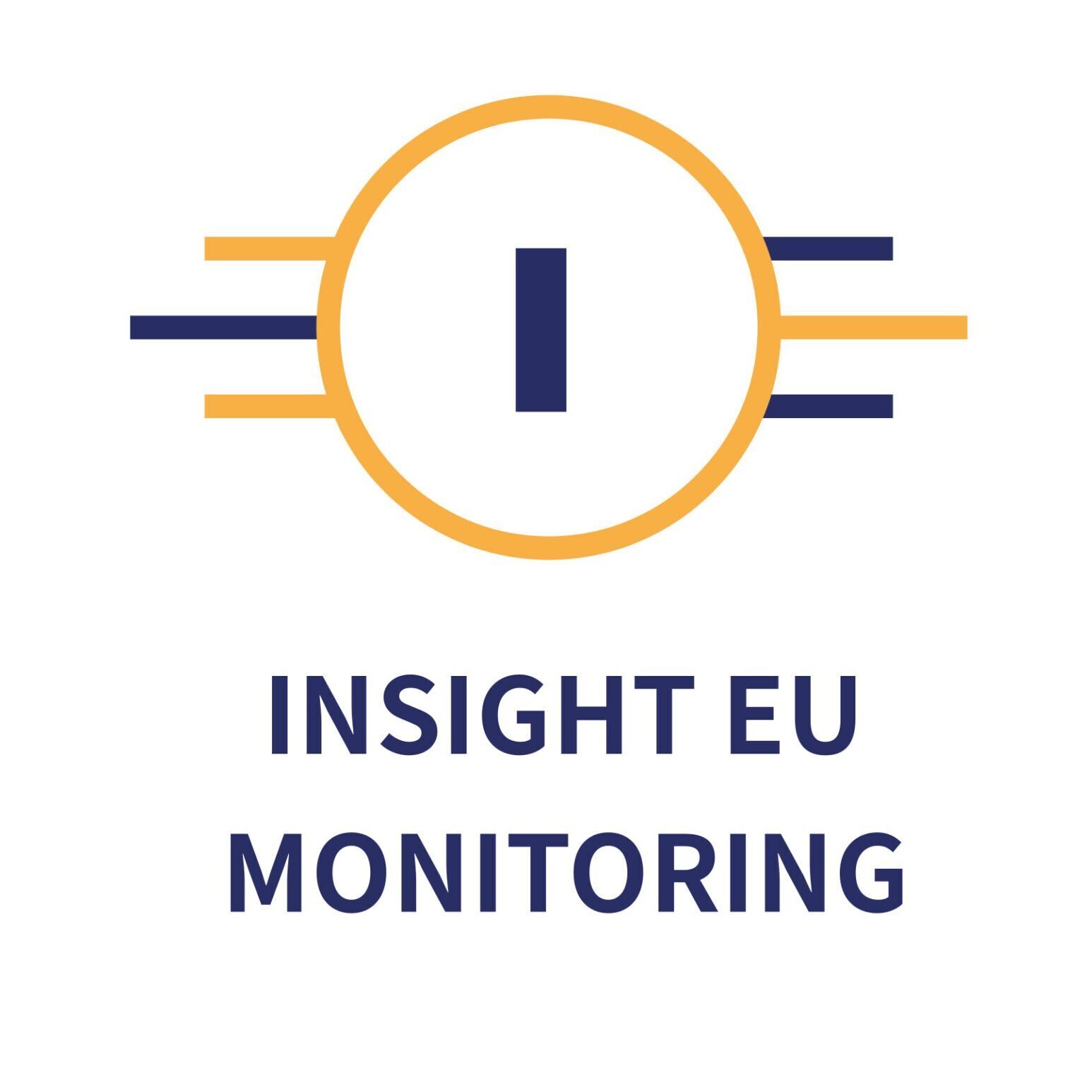Paris, 31 August 2023
The European Securities and Markets Authority (ESMA), the EU’s financial markets regulator and supervisor, today publishes the second Trends, Risks and Vulnerabilities (TRV) Report of 2023.
ESMA sees that financial markets are adapting to the new economic environment of durably higher inflation and interest rates, however risks remain high in ESMA’s remit. Markets are set to remain very sensitive to potential deteriorations in economic fundamentals or risks in the financial sector.
Verena Ross, Chair, said:
“Financial market sentiment improved in the first half of the year, despite the market stress originating from the US banking sector. Nonetheless, the economic outlook remains fragile and uncertainties continue to drive markets. ESMA is therefore keeping the overall risk assessment across its remit at the highest level.
There is a high risk of corrections in a context of fragile market liquidity in equity and bond markets, with short-term risks for consumers due to volatility and the impact of inflation on real investment returns.
Maintaining an environment of trust is of a particular concern to ESMA. In this context, attention must be paid to the risk of greenwashing, as the EU market for sustainable products continues to grow at a robust pace.“
Financial markets rebounded in the first half of 2023 against the background of lower energy prices and expectations of a slower pace of monetary tightening. However, this improvement remains fragile. The downside risks have increased while there remains a high degree of market and investor nervousness.
Main findings
Securities markets: Equity markets rose in 1H23, even though the market stress related to US banks led to increased volatility and bid-ask spreads in March and April. Credit risk indicators showed mixed signals, with early signs of deterioration such as increasing corporate high-yield defaults and sovereign downgrades but limited movements on sovereign credit spreads.
Consumers: Investor sentiment remained negative amid lingering uncertainty and weak expectations on long-term developments. Performance of retail investments remained subdued, reflecting sustained price pressures in the underlying asset markets.
Infrastructures and services: The first half of 2023 saw renewed growth in equity trading volumes. Infrastructures under ESMA’s remit proved stable and well-functioning faced with high volatility linked to the banking sector. After the peak in 2H22, CCP margins relating to commodity products decreased in 1H23, in line with the drop in energy derivative prices.
Market-based finance: The ability of non-financial corporations to raise funds through capital markets slightly picked up in 1H23 from the lows observed in 2022. Corporate bond issuance peaked, with concentration in shorter term maturities given monetary policy expectations.
Sustainable finance: The EU market for ESG products and sustainable investments has continued to grow at a robust pace. The demand for funds with a sustainable investment objective remained strong.
Crypto-assets and financial innovation: Crypto-asset valuations rebounded in early 1H23 but remained far below their historical peak. Persistently elevated cyber risks remain an important source of concern for the EU financial sector. Financial markets have started exploring potential implications of Artificial Intelligence after the launches of various Generative AI tools in 1H23.

